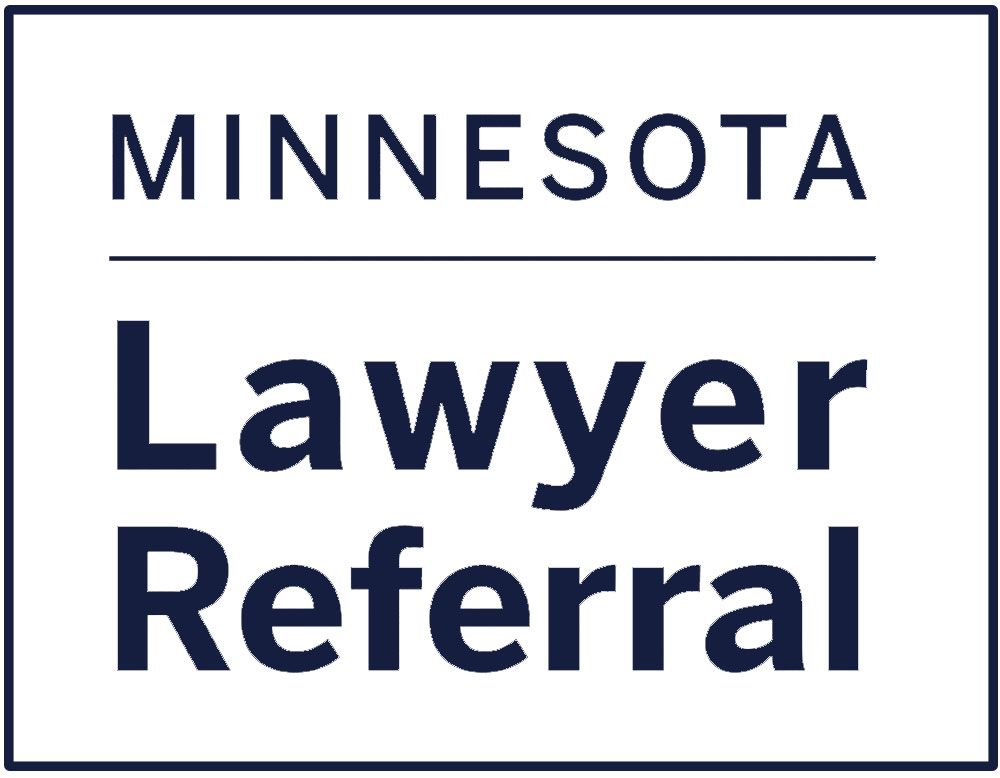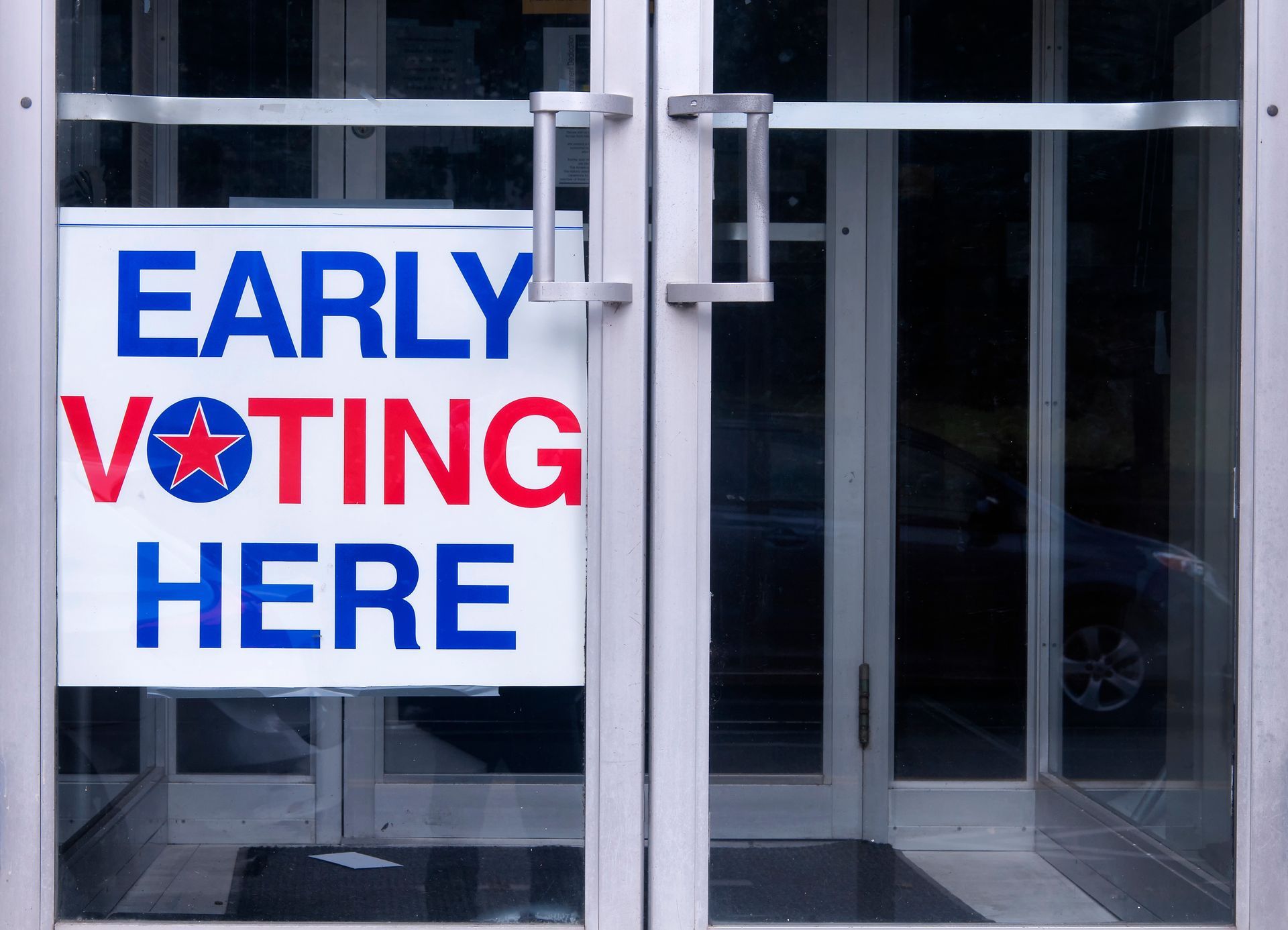If you were pulled over in Minnesota and your child wasn’t in a car seat, the consequences can vary depending on your unique situation.
Under Minnesota law, children under the age of eight must be in a child safety restraining system, commonly known as a car seat (unless the child is 4’9” or taller).
Moreover, the car seat must meet federal safety standards, such as being the appropriate type of car seat for your child’s weight and age.
If your child is under the age of eight and was riding with you in a car without appropriate restraint, you could be facing a misdemeanor offense and hefty fines.
Are you facing charges for not having a car seat or having an improperly installed car seat? It may be in your best interest to consult a traffic law attorney to discuss your legal rights and potential defenses.
Car Seat Types Based on Your Child’s Age and Weight
When it comes to car seats, there isn’t a one-size-fits-all solution. There are different types of appropriate car seats depending on your child’s age and weight. Each type is designed to go with a specific stage of development of your child and keep them safe while riding in the car with you.
Rear-Facing Car Seats
These are also known as infant car seats because, as the name implies, they are designed for babies up to two years old or until they reach the weight or height limit allowed by the car seat’s manufacturer. They’re rear-facing only, meaning the child in this seat is always facing backwards and away from the driver.
These car seats can help distribute the crash forces across the entire back of the car seat, which reduces the risk of serious injury to a child’s head, neck and spine.
Front-Facing Car Seats
Once your child outgrows their rear-facing car seat, it’s time to upgrade them to a front-facing seat. This type of car seat is designed for children who are at least two years old or who have exceeded the height or weight allowed by rear-facing car seats.
Front-facing car seats typically use a harness system that secures the child in the car seat and helps distribute the crash forces across the strongest parts of their body. Be sure to adjust the harness system according to the manufacturer’s instructions to ensure that it fits snugly and comfortably.
Booster Seats
When your child outgrows their front-facing car seat but isn’t old enough (or tall enough) to wear a seatbelt, it’s time to introduce the booster seat.
This type of car seat is usually used for children between the ages four and eight years old until they’re tall enough to sit in a regular seat.
Booster seats are designed to lift a child up so that the seat belt fits properly across their chest and hips, rather than across their neck or abdomen. Like with other car seats, this helps to distribute the crash forces across the strongest parts of their body and reduce the risk of serious injury or death in the event of a crash.
When Can a Child Begin Using an Adult Seatbelt in Minnesota?
According to car seat laws in Minnesota, a child is ready to use an adult seatbelt once they’re at least 4’9’’ inches tall or when they weigh at least 80 pounds. Until the child meets at least one of these requirements, you’re required to place them in a booster seat.
When using an adult seatbelt, always make sure the seatbelt fits properly and is positioned correctly across the child’s chest and hips. The lap belt should fit snugly across the upper thighs and the shoulder belt should fit snugly across the chest and shoulder.
You should also ensure the child is sitting properly in the seat and the seatbelt is not twisted or tangled. Children should always sit in the back seat of the vehicle until they are at least 13 years old, as this is the safest position in the event of an accident.
Car Seat Penalties in Minnesota
If you don’t secure your child in an age and weight-appropriate car seat, you may face a financial penalty of $50 for a first offence and up to $200 for subsequent offences. Moreover, if you’re pulled over by police and your child isn’t in a car seat, the violation may result in points added to your driver’s license and increased insurance rates.
Keep in mind, the penalties can be much harsher if the child is under the age of four and you’re neither their parent or legal guardian.
In such cases, drivers may be charged with a misdemeanor and face hefty fines of up to $500 and up to 90 days in jail.
Are You Facing a Traffic Violation in Minneapolis?
If you’re facing harsh penalties for a traffic violation in the Twin Cities, you might benefit from a consultation with a skilled traffic law attorney.
At the Minnesota Lawyer Referral and Information Service (MLRIS), we work to connect people from all walks of life with qualified attorneys who can provide legal guidance and representation for various automobile and driving violations in Minnesota.
To speak to one of our referral counselors, call (612) 752-6699 or send us a message.




